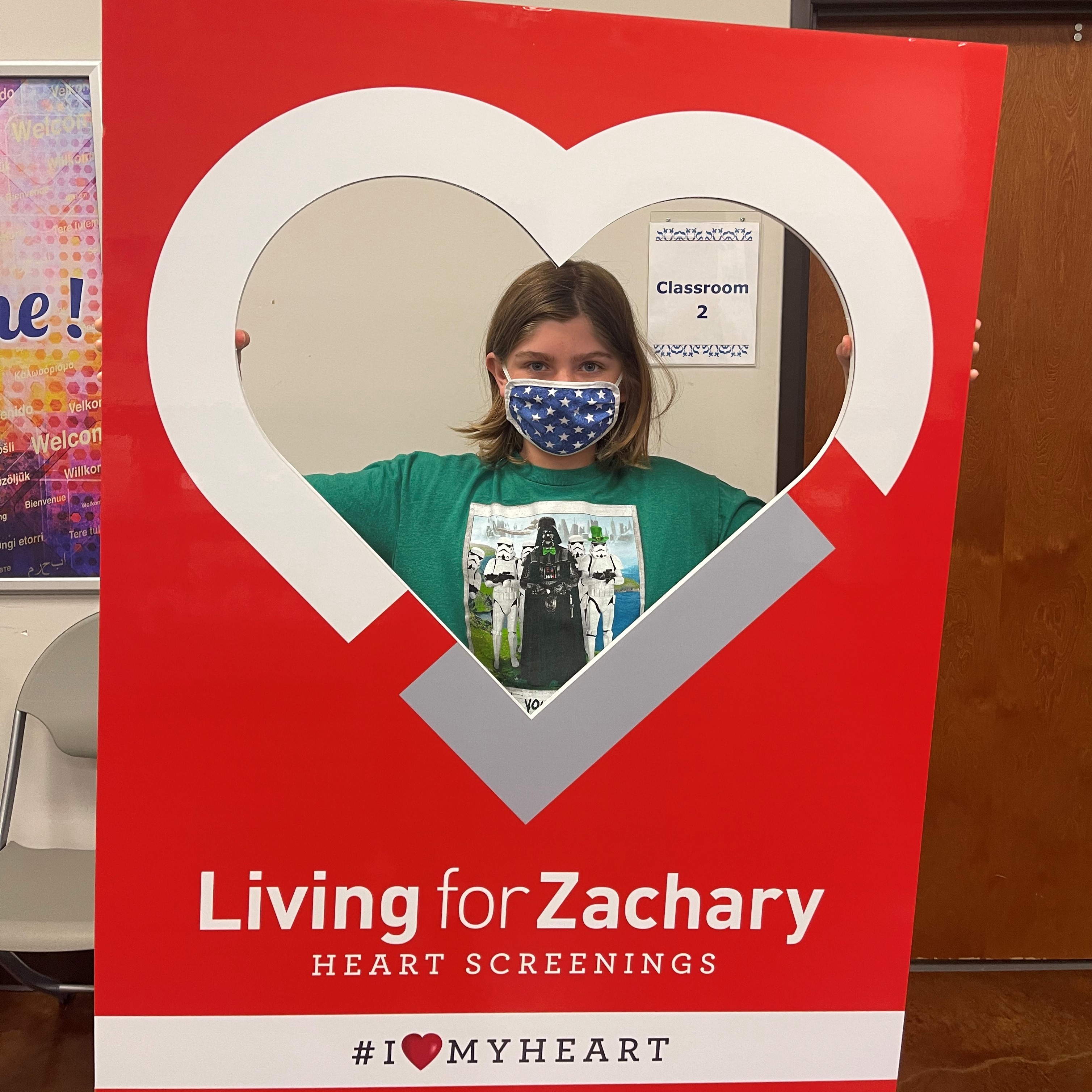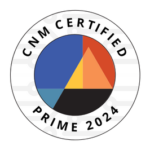Ah, the start of a new year. For some of us, it brings an influx of goals, resolutions, and renewed energy. For others, a new year simply feels like a continuation of past schedules and routines. No matter which category you fall into, we can all agree that health and safety is at the top of many minds in 2022.
We want our families to thrive.
We want our neighborhoods to be safe.
We want our communities to be strong.
Whether you already have plenty of goals set for 2022 or haven’t given it a thought, let us recommend that you consider making heart health one of your family’s top priorities in the new year. Why? The benefits are endless, but read on as we share our top three:
THE REASON: Simple and easy lifestyle changes can make a big difference for hearts of all ages.
Improving heart health can begin small, with the simplest of choices. While sudden cardiac arrest (SCA) is caused by electrical issues in the heart rather than circulation or “plumbing” issues, many red flags such as coronary artery disease, high blood pressure, and high cholesterol can signal an increased risk of future SCA[1]. For some people, lifestyle changes can help alleviate many of these conditions and point to a brighter, healthier future.
A heart-healthy diet and exercise can go a long way towards improving overall cardiac health, and the changes don’t need to be huge to make a difference! The American Heart Association has made shopping for heart healthy ingredients easy with the Heart-Check, an easy-to-spot mark on over 1,000 common food items that let you know the item is certified as a heart healthy option according to AHA’s science-based standards[2]. Learn more about Heart-Check foods and how you can incorporate them into your family’s diet here.
Making physical activity a regular part of your family’s schedule is another way to increase heart health for every member of the family. No matter how you like to get active, make it a goal to hit the American Heart Association’s recommendation of 150+ minutes of moderate-intensity aerobic activity, or just about 22 minutes per day.[3] Don’t have an activity you love? Try a new workout every week until you find something that sticks: whether you’re walking, biking, swimming, kickboxing, or playing sports with friends, all that matters is that you get moving!
THE REASON: Some red flags aren’t as obvious as they seem.
Prioritizing children’s heart health may not be the first thing on parents’ minds, as it’s easy to believe heart issues are only a concern for adults. The truth is, for many children living with certain undiagnosed heart conditions, SCA is a real and present threat that can steal that child’s life in the blink of an eye. For many who experience SCA, lifestyle choices such as healthy diet and exercise aren’t enough to keep it from striking. That’s why preventative choices made by families right now can make all the difference for the future of their children’s hearts.

Living for Zachary recommends that every youth ages 12-22 receive a multi-faceted heart screening designed to look for abnormalities that may lead to sudden cardiac arrest. Why? Because heart issues aren’t always obvious, especially in healthy and active kids who are on the move! Teenagers may not always have the words to express when something feels “off” or know how to differentiate between normal and abnormal symptoms during athletic activity. In some cases, undiagnosed heart conditions can carry no symptoms at all until it’s too late.
This year, make the proactive choice for your children’s heart health by ensuring every eligible youth in your family receives a high quality heart screening!
THE REASON: There are people and programs ready to help.
Prioritizing heart health doesn’t have to be hard or expensive. At Living for Zachary, it is our goal to make resources easily available to North Texas families and communities at no cost to them:
The majority of our youth heart screening events are free to families due to the generosity of donors with new screening locations regularly announced.
Living for Zachary’s CPR certification courses are offered free to the public for ages 12+, so your entire family can learn life-saving skills that can be used in an emergency no matter where you find yourself.
Our AED Donation Program places life-saving devices in youth-based organizations for free, with CPR training offered to those receiving the AED(s).
The bottom line? Our programs are here to serve you – all you have to do is take part!
In 2022, we’re here to help you have a heart healthy year. Will you join us?


